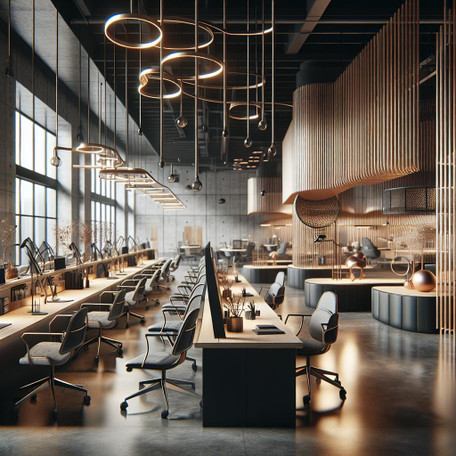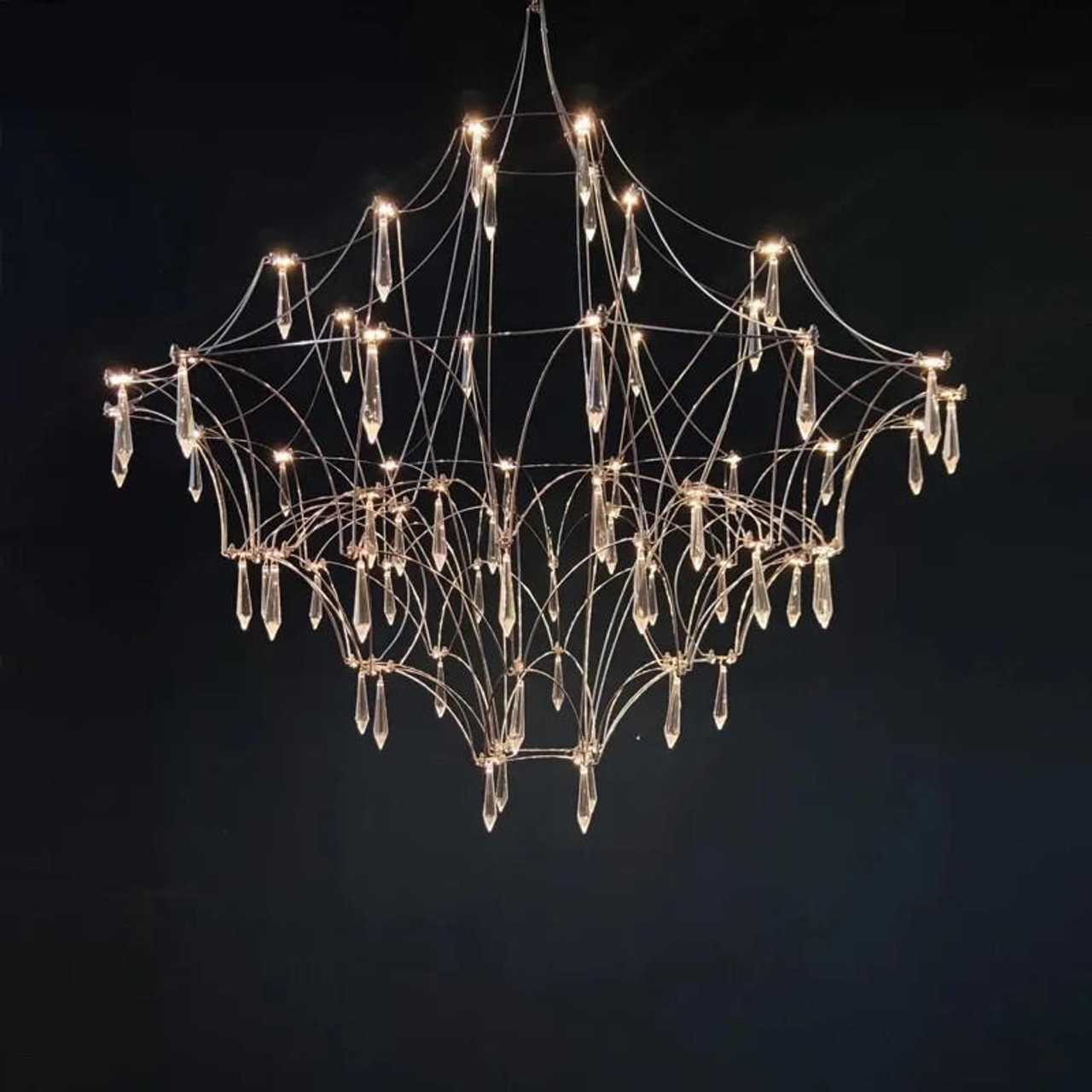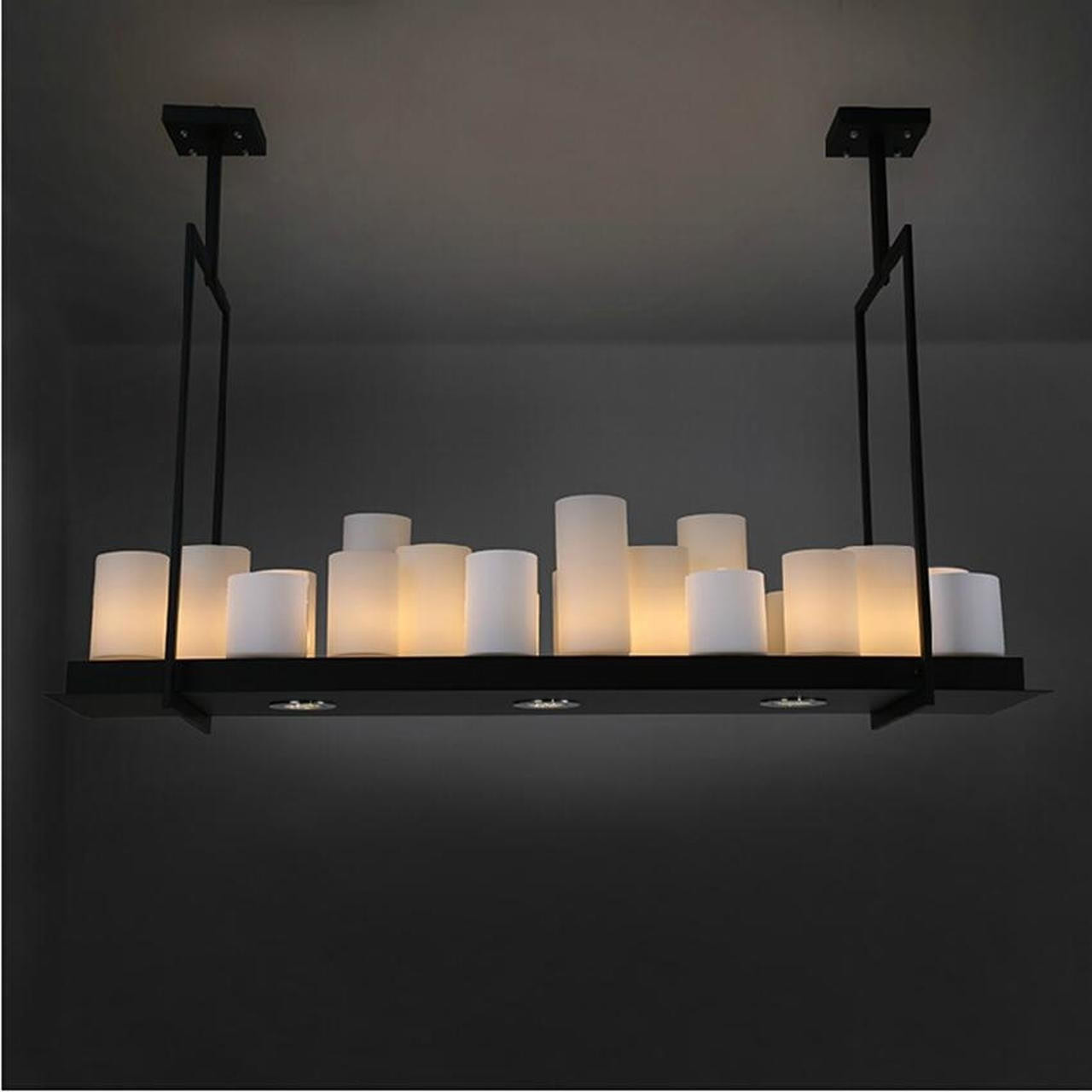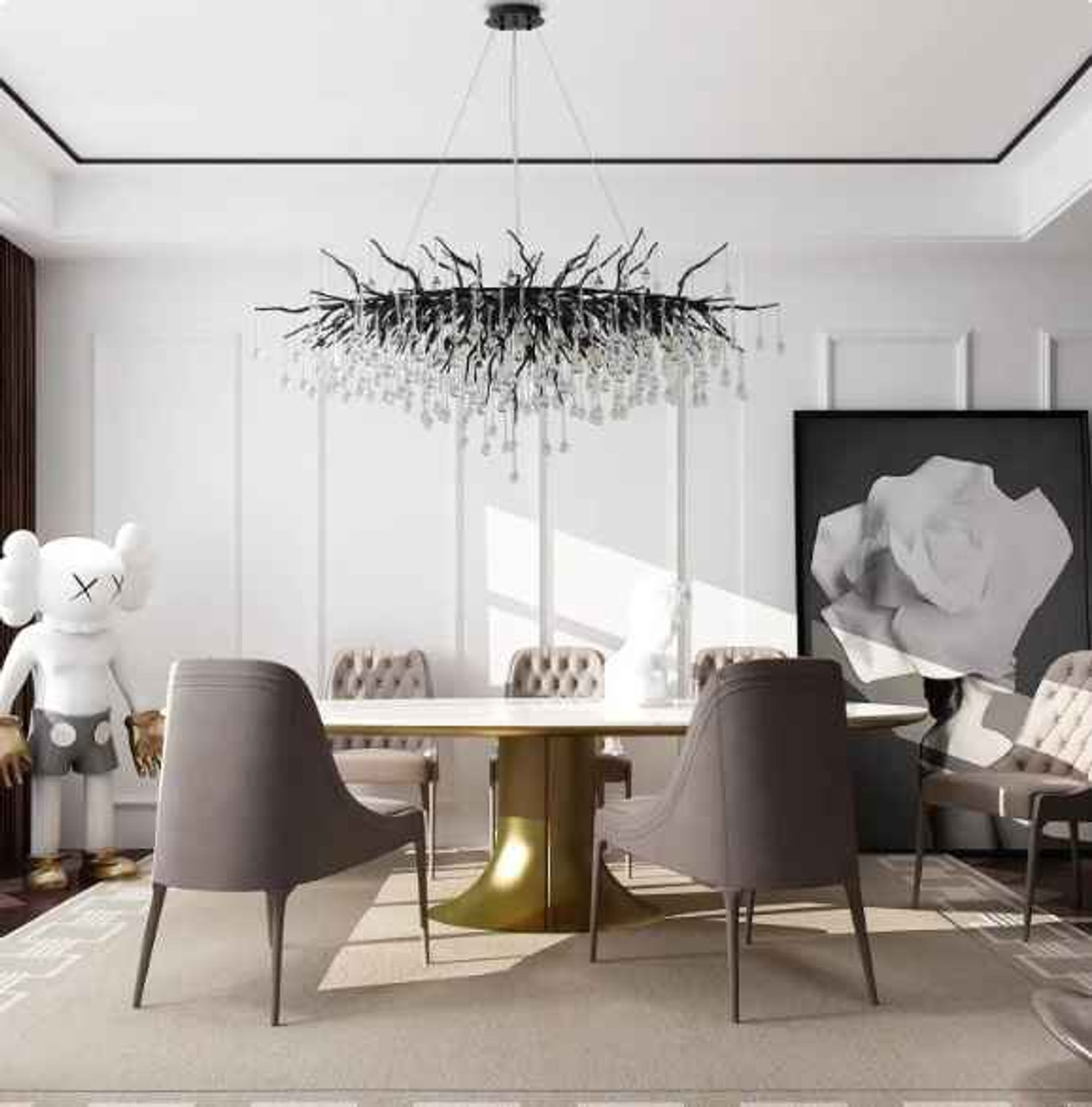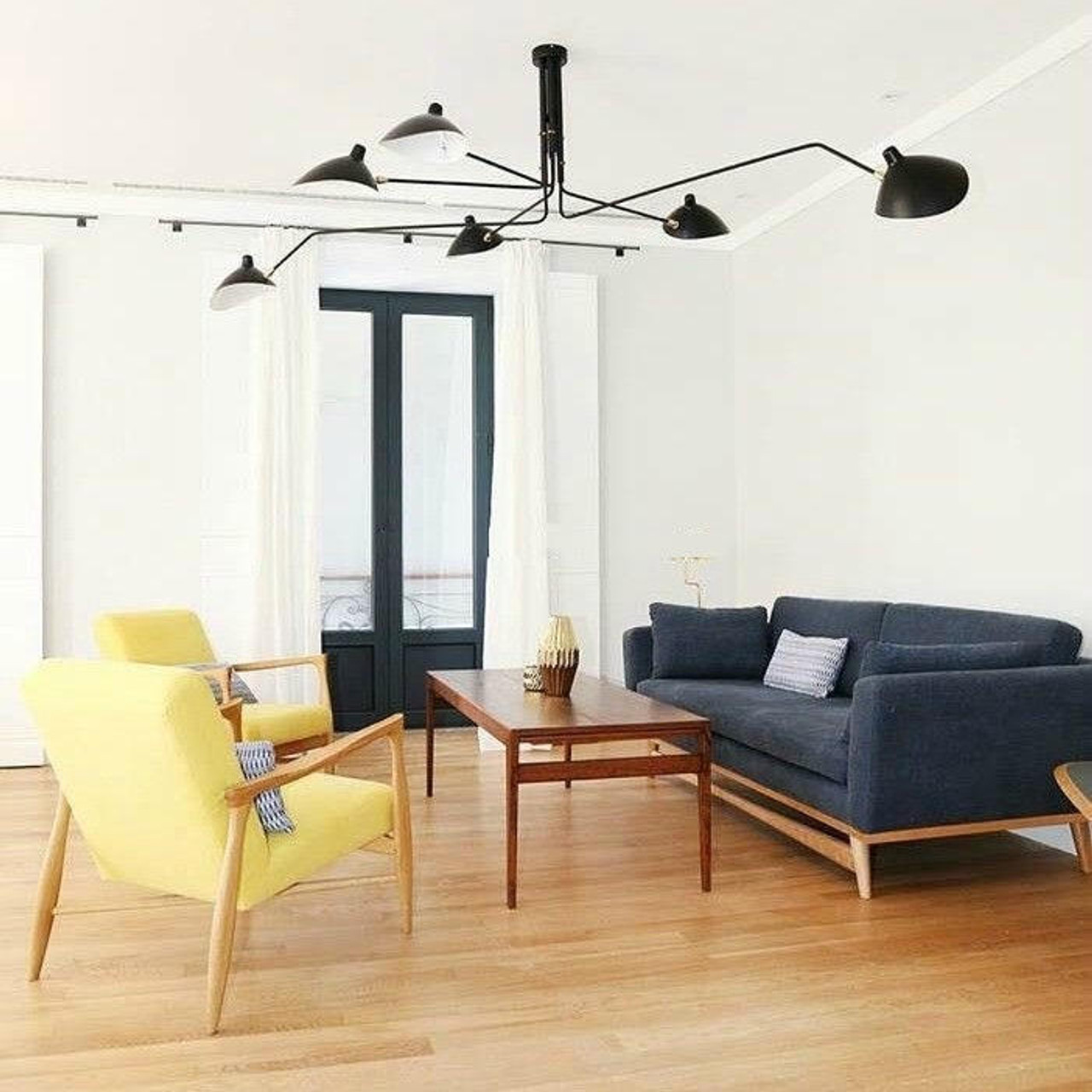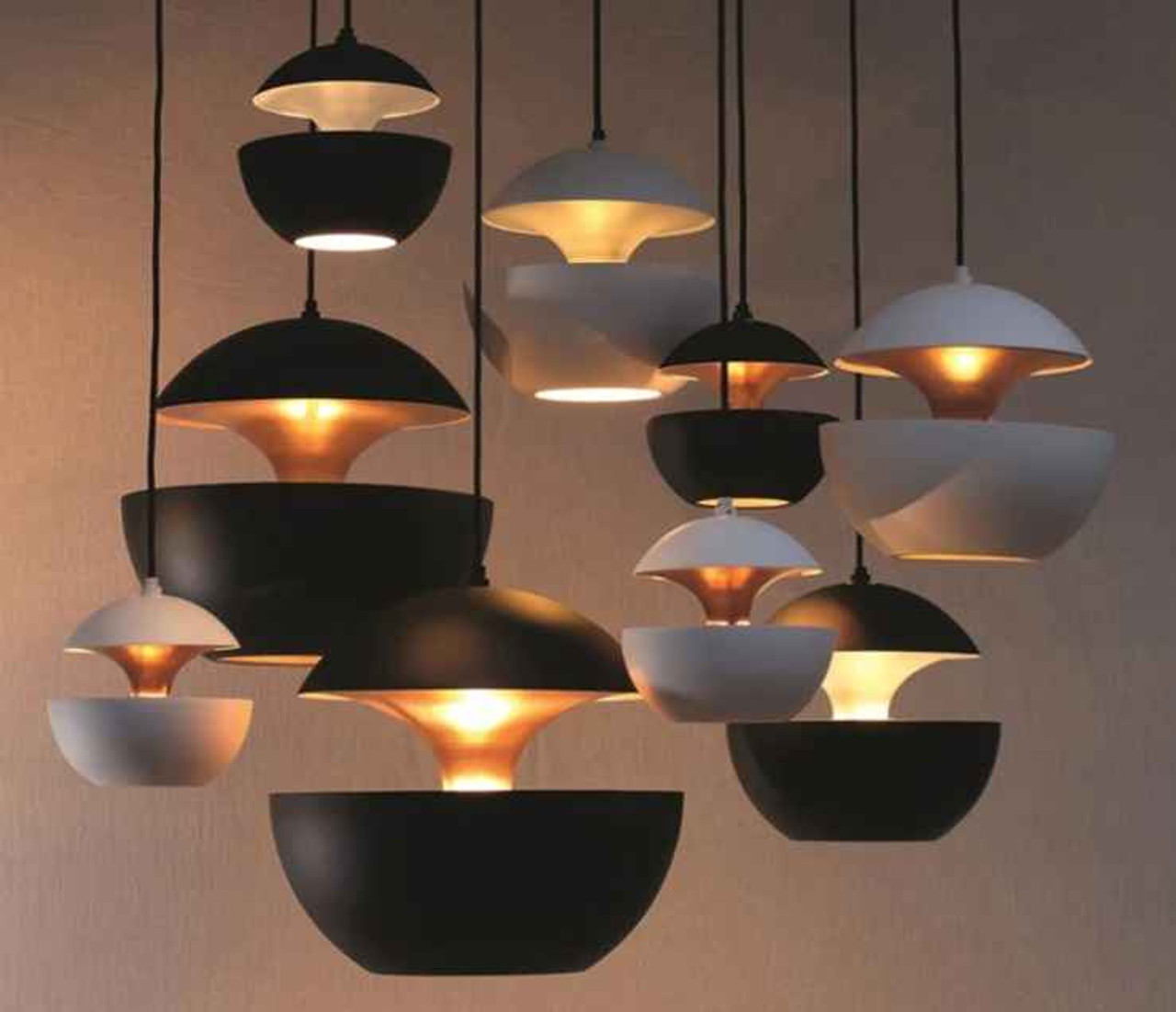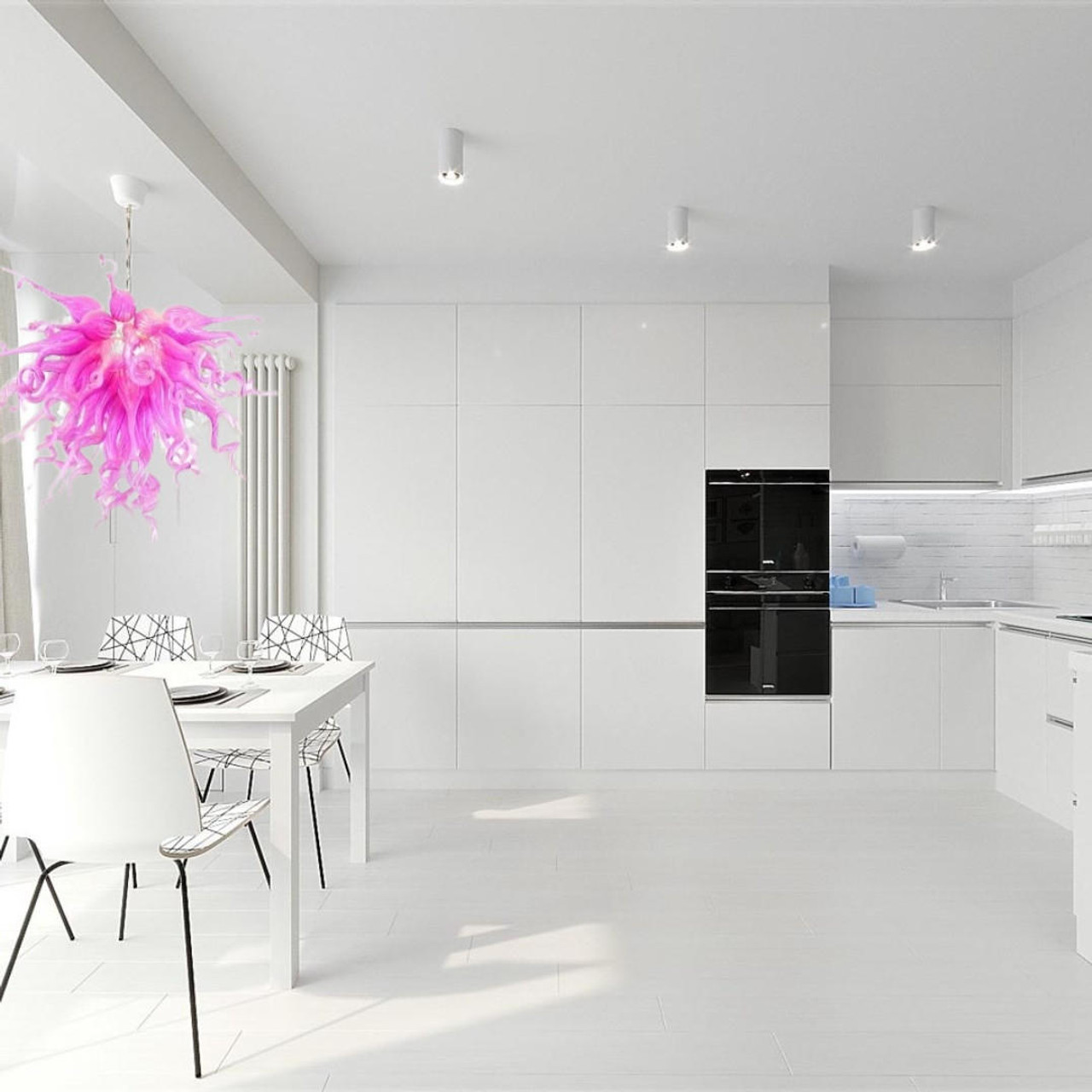Transforming Workspaces: The Impact of Tom Dixon Office Designs
Posted by Carl Jenkins - Senior Architectural Designer on 27th Sep 2024
An era marked by innovation in design and architecture finds a distinguished voice in Tom Dixon Office, where artistic endeavor and functional elegance converge. The transformative power of design in the workplace setting has been well-documented, yet Tom Dixon's approach offers a revitalization that transcends mere structure and aesthetics, venturing into realms of emotional engagement and cultural resonance.
The Cultural Symphony of Design
Tom Dixon Office embodies a quintessential intersection where art meets utility, a framework reminiscent of architectural movements that redefine the human relation to space. Here, the design is not simply an afterthought but a central narrative that tells the story of those who inhabit the environment. As such, these spaces become more than their physical components; they are cultural symphonies orchestrated to transform the ordinary into the extraordinary.
The impact of Tom Dixon's designs lies in his aptitude to imbue spaces with a distinct personality, mirroring the culture of the occupants while leaving room for personal evolution. In a 21st-century economy driven by creativity and innovation, such fluidity and adaptability become key elements. The modern office is no longer a static domain; under Dixon's guidance, it transforms into a dynamic landscape capable of fostering inspiration and collaboration.
Reimagining Traditional Office Spaces
Drafting tables, fluorescent lights, and cubicles epitomized the offices of the past—a far cry from the Tom Dixon Office ideal. Here, design transcends convention, seeking instead to revolutionize how workspace is perceived. In the hands of Tom Dixon, the office becomes a playground where the traditional elements of architecture are upended and reassembled into fresh paradigms.
Spaces are curated to embody fluid natural light, bespoke furnishings, and integrated technology, yet they are flexible enough to allow for reinvention. Unlike static office galleries of the past, this modern tapestry woven by Dixon promises versatility. One could compare this to the principles of postmodern architecture where plurality and hybridity replace monolithic narratives. Material selection, spatial allocation, and the subtle interplay of color and light are all orchestrated to create an environment where the boundary between work and creativity blurs.
Dixon's commitment to reimagining traditional spaces is underscored by his understanding of historical context and future potential. This reverberates throughout the workspace, bringing with it a sense of timelessness that places it outside the fleeting whims of fashion. His method combines nostalgia for the inherent structure with a dismantling of its limitations, inviting a dialogue between past practices and forward-thinking strategies.
Form Meets Function in Modern Workspace Design
Form must not only meet function but must ideally outpace it to create a truly transformative office environment. Tom Dixon Office achieves this by ensuring each element within the space enhances both performance and well-being. Custom-made furniture, ergonomic forms, and sustainable materials are carefully curated to address a spectrum of functional needs while simultaneously uplifting the user’s sensory experience.
This duality is fundamental in achieving spaces that are not only visually stunning but also inviting and practical. The narrative of a Tom Dixon Office is defined through its intricate details and nuanced approach that invites tenants not merely to work but to thrive. Key aspects include:
- Custom-Made Elements: Tailored features that align with individual company ethos and purpose.
- Ergonomic Design: Furniture design that incorporates health and comfort, treating employees as valuable assets.
- Sustainability: Environmentally conscious design choices that reflect a commitment to global well-being.
By marrying the aesthetic with the utilitarian, these designs champion a balanced approach that fully considers the physiological and psychological needs of its users. From desks that encourage standing to chairs molded for posture support, every choice is deliberate and informed by research and empathy.
Impact on Workplace Culture and Productivity
The physical space crafted by Tom Dixon Office underpins an ideological shift in workplace dynamics, where form follows thought and creativity fuels productivity. With the liberation of traditional confines comes an encouraging boost to morale and a subsequent increase in output. It is an immutable truth that human beings are shaped by their environments, and thus a thoughtfully designed space is a significant determinant in organizational success.
- Collaboration Spaces: Fluid open-plan designs that encourage team interaction.
- Quiet Zones: Secluded nooks and crannies for focused individual work.
- Nature Integration: Elements bring the outside in to enhance energy and reduce stress.
- Enhanced Lighting: Use of varied lighting schemes to enhance mood and efficiency.
- Access to Technology: Integrated hubs that foster digital connectivity and ease of use.
Through this methodology, Tom Dixon Office energetically reimagines how companies can engage their employees, provoke innovation, and yield better results through the vessel of space. By designing environments that reflect a company’s values and goals, Dixon harnesses the power of space to shape behavior, enhance communication, and build community.
Aesthetic Brilliance and Material Innovation
Tom Dixon's approach is not merely surface-level beauty. It involves material innovation and aesthetic brilliance that elevates ordinary office items to artful sculptures of purpose. His distinctive use of industrial materials exudes both elegance and resilience, vibrant colors intertwined with the sturdy steadfastness of metals, concocting an environment that is both soft on the eyes yet firm in durability.
Through this creative material use, Dixon challenges us to re-evaluate office stereotypes, dismantling norms with each chess-piece move on the board of conceptual design. Metallic textures blend with organic hues, eschewing bland uniformity and promoting an invigorated aesthetic coherence that presides over function. Additionally, sustainability is achieved through:
- Innovative Materials: Use of recycled materials and innovative composites.
- Eco-Friendly Solutions: Light fixtures, plants, and textiles that reduce the carbon footprint.
- Bespoke Art Pieces: Unique installations that evoke conversation and reflect thought leadership.
Dixon's material innovation extends beyond mere novelty; it is also a commentary on the evolving relationship between humanity and the constructed environment. Each choice reflects a keen awareness of material lifecycle, environmental impact, and the potential for product upcycing, balancing a respect for history with an unyielding optimism for future possibilities.
Versatile Adaptation: The Future of Workspaces
Predicting the future of office spaces conveys the necessity for adaptation and resilience, trademarks of Tom Dixon Office designs. As companies foresee hybrid work arrangements with flexible schedules, office spaces must adapt to ensure their relevance. Dixon’s work suggests a framework for the amorphous office, operating much like a chameleon within the modern ecosystem of work.
This adaptability is reflected in his designs—configurable furniture, adaptable layouts, and smart technology integration—all contribute to an office environment that can effortlessly transition between varied modes of purpose and utility. This is the office of the future, a living organism that breathes with its inhabitants, unbound by the rigidity of tradition.
In this realm, Dixon's designs serve as more than mere physical constructs; they are expressions of visionary strategy that enhances technological integration, such as:
- Smart Desks: Workstations with digital connectivity built-in.
- Interactive Walls: Surfaces that transition from art displays to virtual meeting canvases.
- Modular Elements: Furniture that adapts to group or solitary needs, shifting with user demands.
- Wellness Integration: Incorporating elements like air filtration and personal climate control for enhanced well-being.
The Tom Dixon Office model encourages a future where workspace adapates to the evolving needs of its users, seamlessly fostering creativity and productivity through its foresight and flexibility.
Conclusion: The Architectural Reinterpretation
Tom Dixon Office reflects a synthesis of form, function, and philosophy, heralding an architectural reinterpretation of workspaces. The implementation of design that influences behavior, not just in aesthetics but in the cultivation of well-being and productivity, is paramount. Through Dixon’s lens, offices become a poetry of space, narrating stories woven through creativity and innovation.
The impact of transforming workspaces is profound and lasting. It’s more than an aesthetic endeavor; it echoes into the very nucleus of organizational ethos, altering culture and propelling us forward into a future where the only constant is change. Tom Dixon’s vision stands as a vanguard, reminding us that inspired design can and should transform the way we live and work.
Moreover, his office designs offer a paradigm shift in how we view our work environments, urging us to see them as extensions of our own creativity and best ambitions. Workspaces, under his imaginative purview, morph from places of transaction into sanctuaries of inspiration, shaping the dynamics between human potential and the places that harbor it. This methodology sets a new benchmark in the dialogue of function, offering a blueprint that romantically intersects with life’s ambitions and collective progress. Tom Dixon Office design consequently does not just engage with present trends but portrays a resonant vision that embarks into the future with grace and adaptability.

